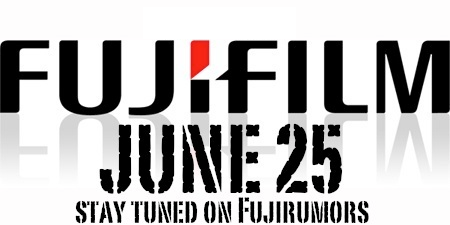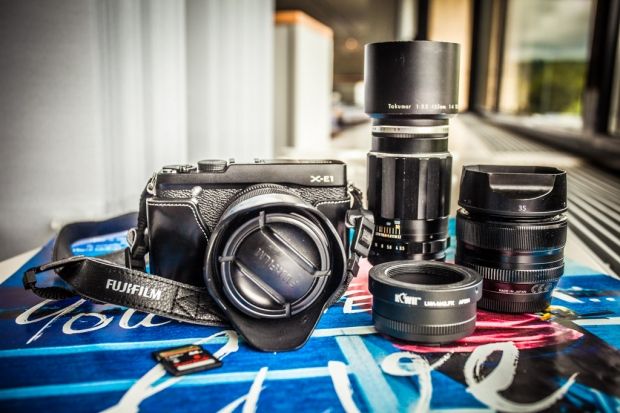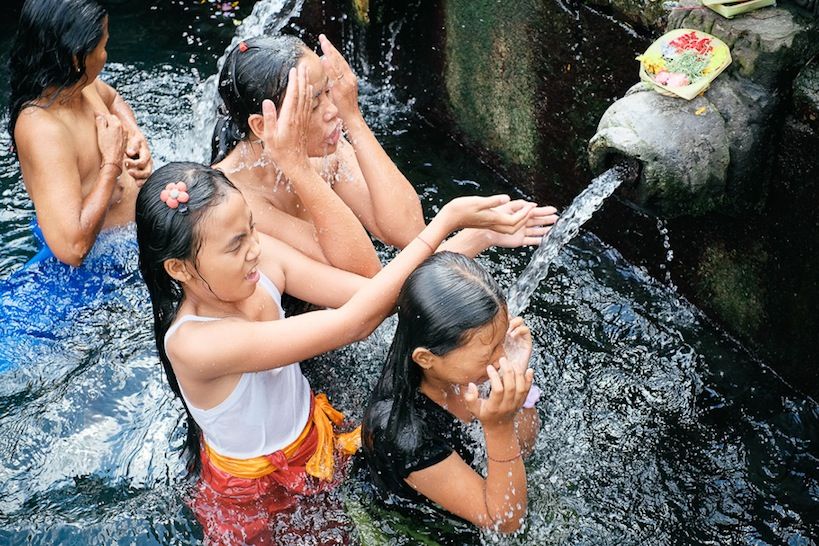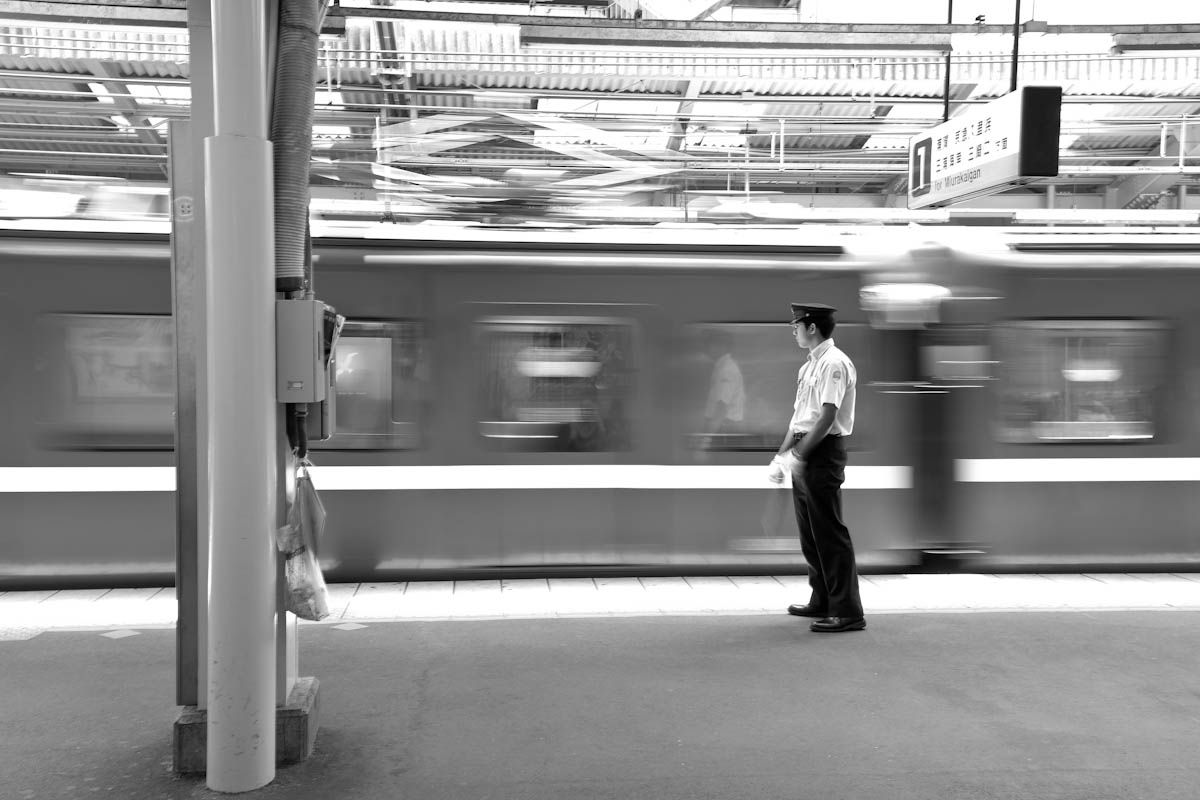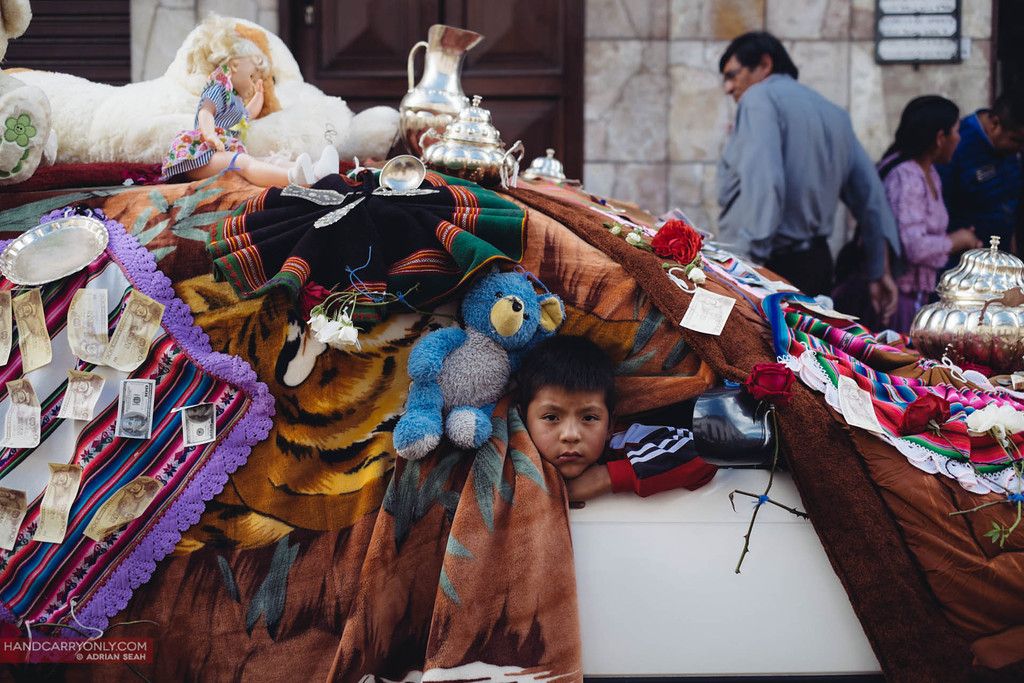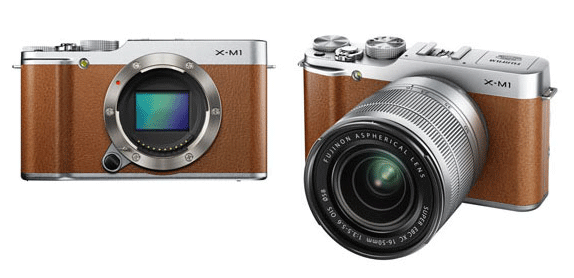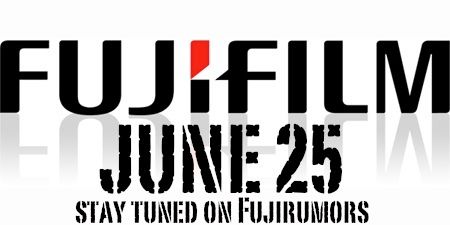[UPDATE] According to
PR, the X-M1 will have focus peaking, but no digital split image focusing.
Digicame just leaked the specs for the 2 new Fuji lenses here.
The price of the 27mm should be of 45,000 yen (converted: $460 – € 350) and released in July. The XC 16-50 should cost 40,000 yen (converted: $407 – €310) and released together with the X-M1 brown version in September.
From readers, we have to provide information specs and price of the interchangeable lens of two new Fujifilm, on the Release Date.
Specifications XF27mm F2.8 are as follows.
– Seven five groups, lens configuration is one glass mold aspherical lens
– Seven pieces, feathers aperture circular aperture
– HT-EBC coating
– Focusing feeding of five four front group
– Minimum focusing distance Standard: 0.6m, macro: 0.34m
– 0.1 times maximum magnification
– Filter diameter 39mm
– Total length 23mm, maximum diameter of 61.2mm
– 78g Weight
– Expected Release Date July 27
– Estimated retail price 45,000 yen
Specification of F3.5-5.6 OIS XC16-50mm are as follows.
– 12 pieces in 10 groups, 3 aspherical lens, lens configuration is one ED lens
– Seven pieces, feathers aperture circular aperture
– Optical image stabilization
– Minimum focusing distance Standard: 0.6m, Macro: Wide Angle 0.3m, 0.4m telephoto
– 0.15 times maximum magnification
– Filter diameter 58mm
– Total length 65.2mm, maximum diameter 62.6mm
– 195g Weight
– Will be released in September
– Estimated retail price of around 40,000 yen


